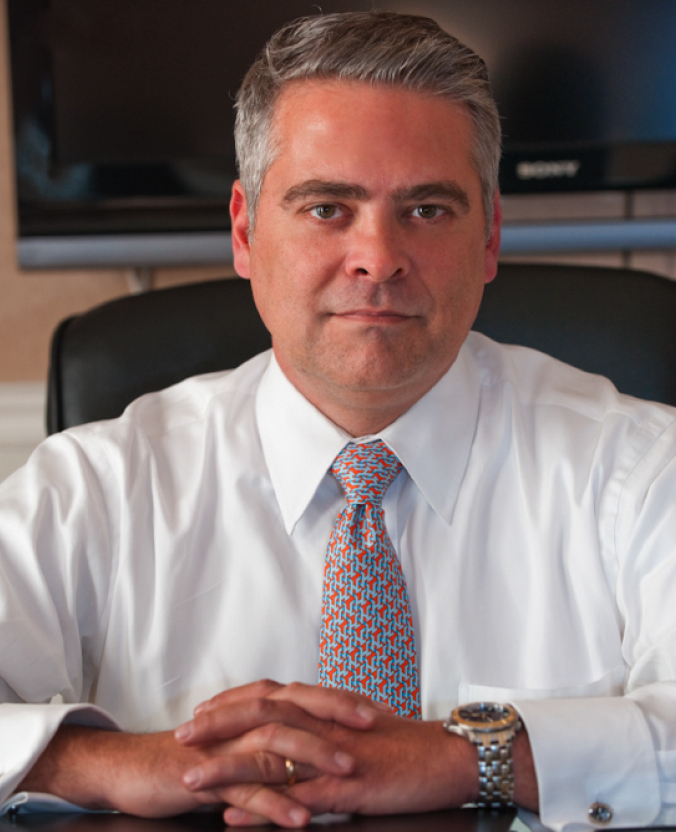 Let me preface this post by saying that this is not an attack piece on differing investment styles or those approaches that are deeply rooted in academic research. However, the greatest investors of all time have one thing in common which I hope will become clear by the end. The people I am refer to are considered by many as legends on Wall Street. However, unlike the modern day hedge fund managers who offer limited access to the top 1 percent of investors or sovereign wealth funds, these investment managers operated mainly as mutual funds and offered access to investors of all sizes.
Let me preface this post by saying that this is not an attack piece on differing investment styles or those approaches that are deeply rooted in academic research. However, the greatest investors of all time have one thing in common which I hope will become clear by the end. The people I am refer to are considered by many as legends on Wall Street. However, unlike the modern day hedge fund managers who offer limited access to the top 1 percent of investors or sovereign wealth funds, these investment managers operated mainly as mutual funds and offered access to investors of all sizes.
Benjamin Graham
Benjamin Graham was British born and came to the US at age one. He was an exceptional student and graduated from Columbia University. After graduation, he launched an investment partnership called the Graham-Newman Partnership from 1936 to 1956. His book, Security Analysis (1934), has been considered a bible for serious investors since it was published. In 1949, Graham published The Intelligent Investor which Warren Buffett describes as “the best book about investing ever written”.
Graham’s investment style is commonly called, deep value investing. Although precise records are not available, it is estimated that Graham’s fund earned 21% annually over 20 years. His best investment was GEICO.
GEICO was spun off to Graham-Newman shareholders at $27 per share and rose to the equivalent of $54,000 per share.
Sir John Templeton
Templeton was born in Tennessee and graduated from Yale University. He financed his education by playing poker. He also attended Oxford University as a Rhodes Scholar and earned a law degree as well. He renounced his U.S. citizenship in 1964, thus avoiding over $100 million in income taxes when he sold in investment fund to Franklin Resources. He died a citizen of the Bahamas and was knighted for his philanthropic efforts.
Templeton’s investment style can be called contrarian. His Templeton Growth, Ltd., established in 1954, was among the first to invest in Japan in the middle 1960’s. Templeton quadrupled (300%) his money in four years by investing in European companies at the outset of World War II.
T. Rowe Price, Jr.
Mr. Price was born in Maryland and studied chemistry at Swarthmore College. He was the first to charge a fee based on the assets under management. Price has been called “the father of growth investing”. He believed that investors could earn superior returns by investing in well-managed companies in new fields who could be expected to grow faster than the inflation rate and the overall economy.
His investment style is called long-term growth. His best investment was in Merck in 1940. His investment in Merck reportedly made more than 200 times his original investment ($10,000 turned into $2,000,000).
John Neff
Neff was born in Ohio in 1931 and attended the University of Toledo and later Case Western. One of John Neff’s preferred investment tactics was to invest in popular industries through indirect paths. He began his career at Wellington Management Co, in 1964 and stayed at the same company for more than 30 years, eventually selling it to John Bogle at Vanguard. His investment style is considered Value or high-yield.
In 1984, Neff started to acquire a large stake in Ford Motor. Three years later, it had increased to nearly four times (300%) what he’d originally paid. The Windsor Fund earned an annual return of 13.7% versus 10.6% for the S&P 500.
Peter Lynch
Peter Lynch was born in 1944 and earned an MBA from the Wharton School in 1968. In 1977, Lynch was named head of the then obscure Magellan Fund with only $18 million in assets. One of his famous quotes was, “Use what you know and buy to beat Wall Street gurus at their own game”. By the time he resigned as fund manager, Fidelity Magellan had $14 billion in assets and averaged an annual return of 29.2%.
His investment style is considered growth and he focused on cyclical recoveries. His best investments were McDonald’s and Dunkin’ Donuts.
Conclusion
The greatest investors of all time amassed great fortunes not only for themselves but for those who invested with them as well. One thing they all have in common is that they often took an unconventional approach to investing and made highly concentrated, focused investments.

Stay In Touch